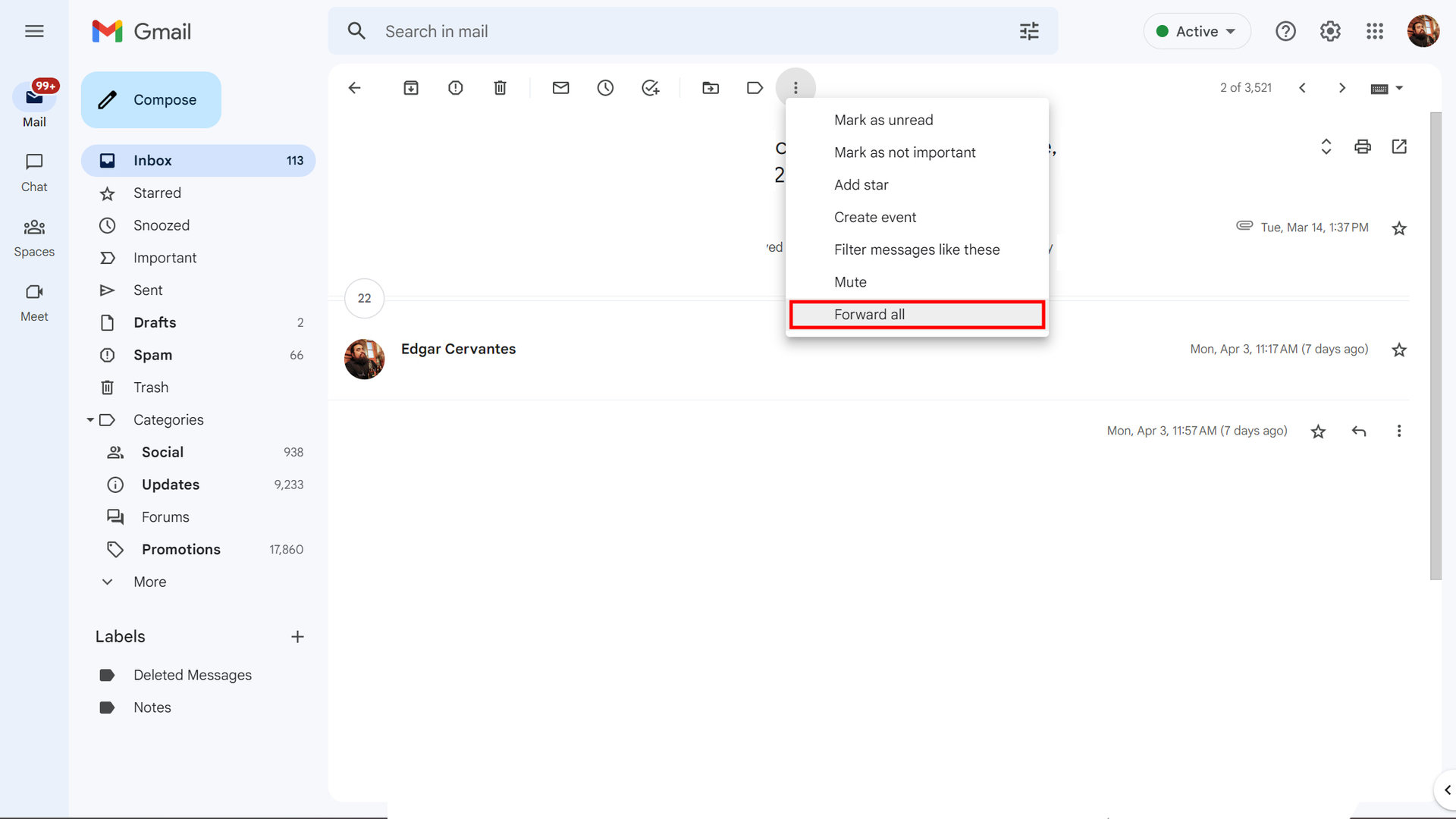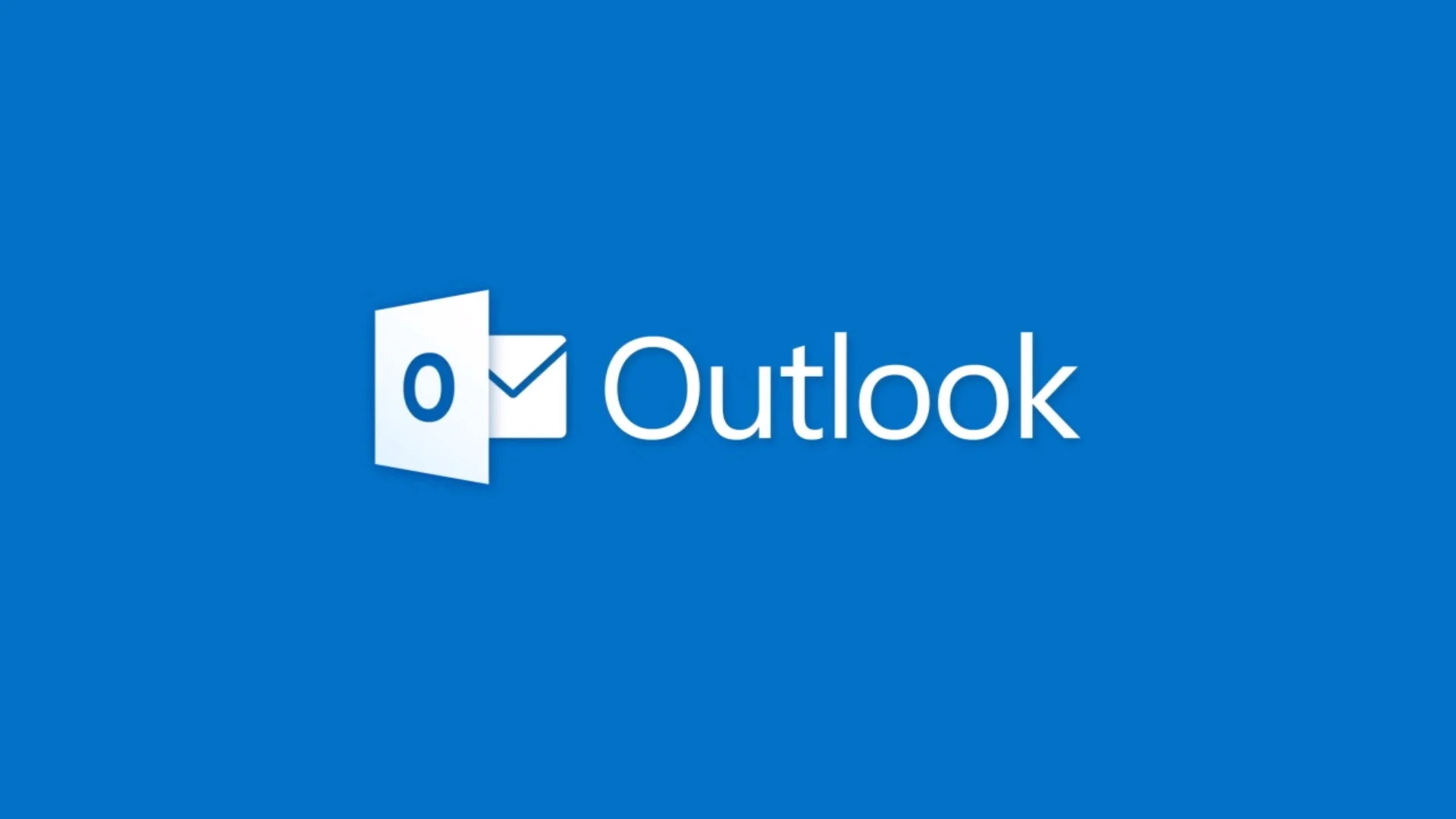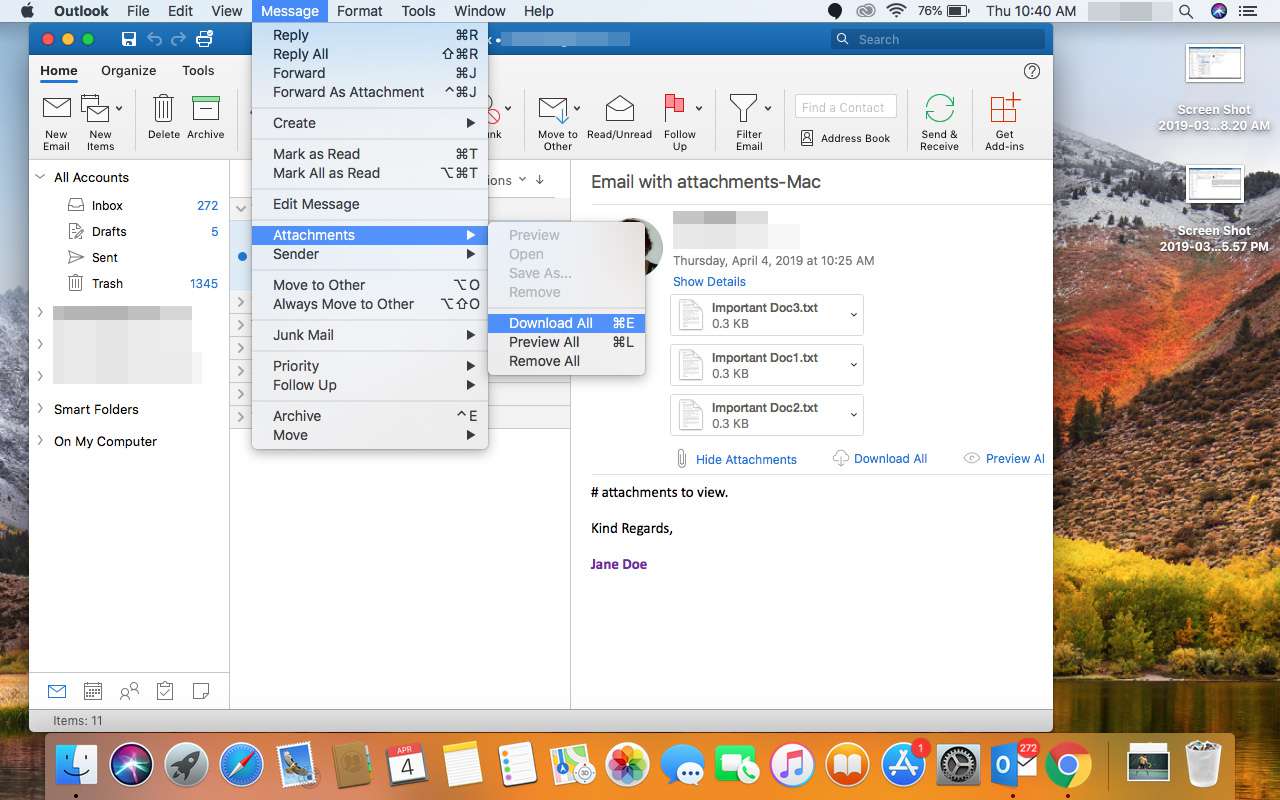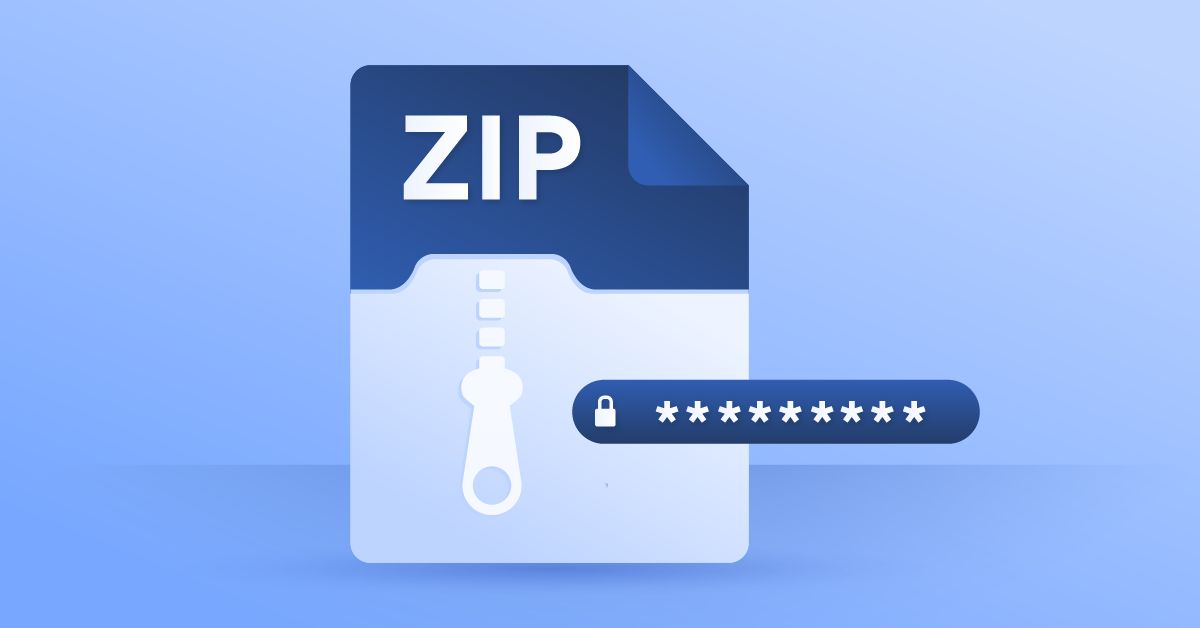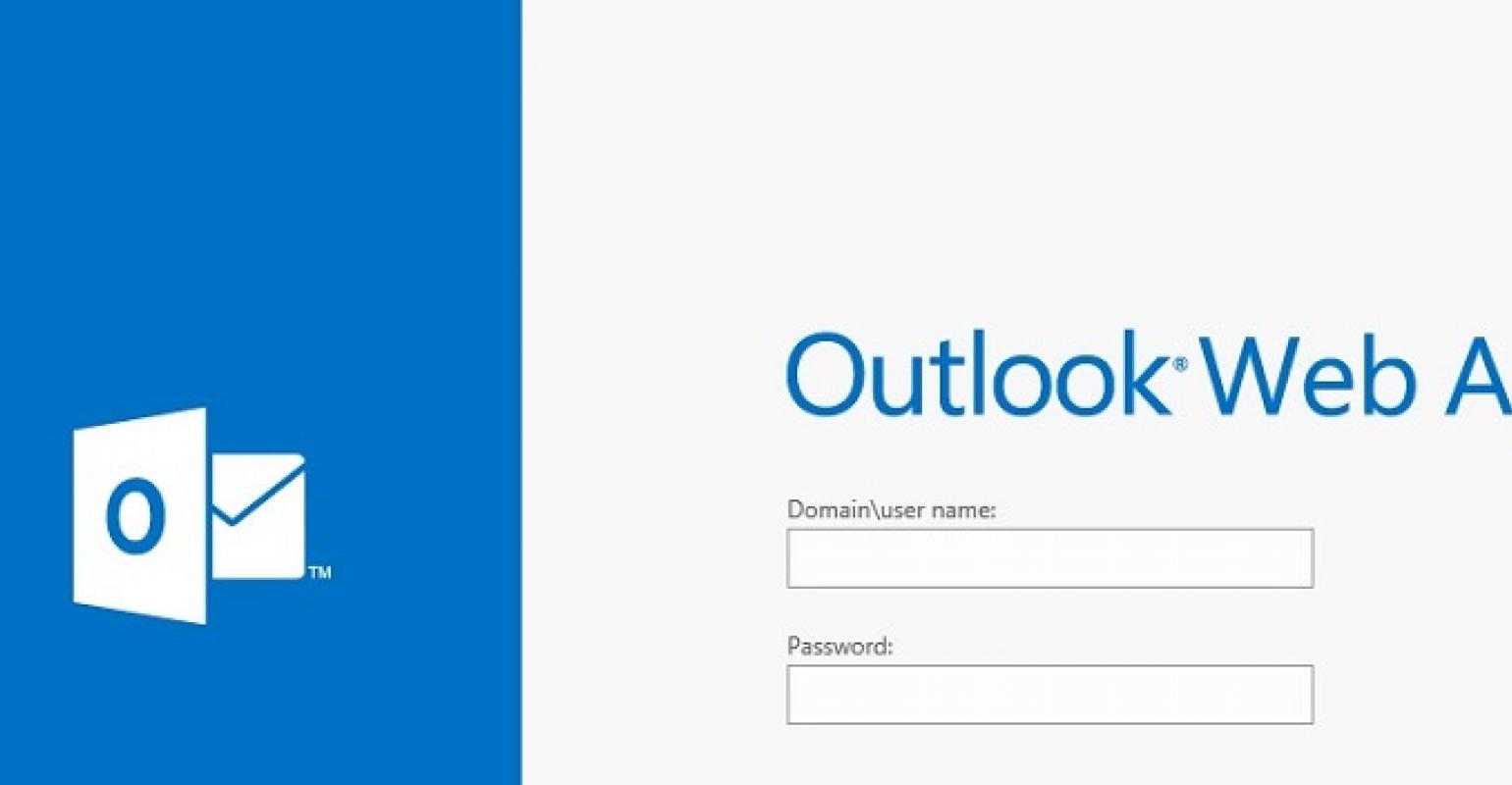Introduction
Welcome to our step-by-step guide on how to download attachments. Whether you’re a tech-savvy individual or new to the digital world, this article will walk you through the process of accessing and downloading attachments from emails on various devices.
In today’s fast-paced world, it is common to receive important documents, photographs, or other files as attachments in our emails. These attachments can range from PDFs to images, spreadsheets, or even audio files, all of which contain valuable information.
Downloading attachments is a crucial skill in our digital age, as it allows us to access and utilize these files for work, communication, or personal purposes. By following these simple steps, you will have the confidence to download attachments with ease, regardless of the device you are using.
Whether you are accessing your emails on a desktop computer, a laptop, a tablet, or a mobile phone, this guide will provide you with the necessary instructions to successfully download attachments. We will cover troubleshooting tips to overcome common download issues that may arise during the process.
Without further ado, let’s dive into the steps required to access and download attachments from your emails. By the end of this guide, you’ll be equipped with the knowledge and skills necessary to confidently download and utilize attachments on any device.
Step 1: How to Access the Email with the Attachment
The first step in downloading attachments is accessing the email containing the attachment. Whether you’re using a web-based email service like Gmail or accessing your email through a desktop application, the process is relatively straightforward.
If you’re using a web-based email service:
- Open your preferred web browser and navigate to the website of your email service provider.
- Enter your login credentials to access your email account.
- Locate the email containing the attachment in your inbox or any designated folder.
- Click on the email subject to open it, revealing the content within.
If you’re using a desktop email client:
- Open the email client software installed on your computer, such as Microsoft Outlook or Mozilla Thunderbird.
- Enter your login credentials to access your email account within the desktop application.
- Find the email that contains the attachment in your inbox or any other designated folder.
- Double-click on the email to open it, revealing the content within.
Once you have accessed the email, you will typically see the attachment displayed within the email message. The attachment may be indicated by an icon, a file name, or a preview depending on the email service or client you’re using.
It’s essential to note that in some cases, the attachment might not be visible immediately. Some email services display the attachment as a paperclip icon or a link within the email. In such cases, simply click on the attachment icon or link to reveal and access the attachment.
By successfully accessing the email with the attachment, you are now ready to proceed to the next step: downloading the attachment to your device.
Step 2: Downloading Attachments on Desktop Devices
Downloading attachments on desktop devices is a straightforward process once you have accessed the email. The steps may vary slightly depending on the email service or application you are using, but the general principles remain the same.
Here are the steps to download attachments on desktop devices:
- Locate the attachment within the email. It may be displayed as an icon, a file name, or a preview.
- Click on the attachment to select it. In some cases, you may need to right-click on the attachment and choose the “Save” or “Download” option from the context menu. This action will prompt a download window to appear.
- Specify the location on your device where you want to save the attachment. You can choose a default location or browse to a specific folder or directory.
- Click the “Save” or “Download” button in the download window to initiate the download process.
- Wait for the download to complete. The speed of the download will depend on the size of the attachment and your internet connection.
- Once the download is finished, you can navigate to the location on your device where the attachment was saved. It is usually in the “Downloads” folder or the folder you specified during the download process.
After following these steps, you have successfully downloaded the attachment to your desktop device. You can now access and use the attachment as needed, whether it’s viewing a document, editing a spreadsheet, or viewing photos.
If you encounter any issues during the download process, ensure that you have a stable internet connection and sufficient storage space on your device. If the download is taking too long or fails, you can try restarting the download or contacting your email service provider or IT support for assistance.
Now that you have mastered downloading attachments on desktop devices let’s move on to the next step: downloading attachments on mobile devices.
Step 3: Downloading Attachments on Mobile Devices
In today’s era of mobile technology, many of us access our emails on our smartphones or tablets. Downloading attachments on mobile devices is a convenient way to access files on the go.
Here are the steps to download attachments on mobile devices:
- Open the email app on your mobile device and navigate to the email that contains the attachment.
- Tap on the email to open it and view its contents. Depending on the email app you’re using, you might need to tap on a specific attachment icon or link to reveal the attachment.
- Once you have located the attachment, tap on it to select it. This action will bring up a menu with different options.
- From the menu, select the option that allows you to download or save the attachment. This option may be labeled as “Download,” “Save Attachment,” or something similar.
- Choose the desired location on your mobile device where you want to save the attachment. You can select the default downloads folder or browse to a specific folder or directory.
- Tap the “Save” or “Download” button to initiate the download process.
- Observe the progress of the download, which may be indicated by a status bar or a percentage completion.
- Once the download is complete, you can access the attachment by navigating to the location where it was saved on your mobile device.
Downloading attachments on mobile devices is simple and efficient, enabling you to access files directly from your email app. It allows you to view documents, images, or other files wherever you are, without the need for a desktop computer.
If you encounter any issues while downloading attachments on your mobile device, ensure that you have a stable internet connection and sufficient storage space. You may also need to check the settings of your email app to ensure that it has the necessary permissions to download and save attachments.
Now that you have learned how to download attachments on mobile devices, you are well-equipped to access and utilize files on the go.
Step 4: Troubleshooting Tips
While downloading attachments is generally a smooth process, there can be occasional issues that hinder successful downloads. Here are some troubleshooting tips to help you overcome common challenges:
- Check your internet connection: Ensure that you have a stable and reliable internet connection. A weak or intermittent connection can cause downloads to fail or take longer than usual.
- Clear your browser cache: If you’re using a web-based email service and experiencing difficulties downloading attachments, try clearing your browser cache. Clearing the cache can resolve issues caused by corrupted or outdated data.
- Disable browser extensions: Sometimes, browser extensions or add-ons can interfere with the download process. Temporarily disable any extensions that might be causing conflicts and try downloading the attachment again.
- Update your email application: If you’re using a desktop email client or a mobile email app, make sure you have the latest version installed. Updates often contain bug fixes and improvements that can enhance the attachment download process.
- Check available storage space: Ensure that you have enough storage space on your device to accommodate the attachment. If your device is running low on storage, it may impede the download process.
- Scan for malware: Malware or viruses on your device can sometimes interfere with downloads. Run a reputable antivirus or anti-malware scan to detect and remove any potential threats.
- Try a different device or browser: If you’re still unable to download attachments, attempt the process on a different device or switch to an alternative web browser. This can help determine if the issue is specific to a particular device or browser.
If these troubleshooting tips do not resolve the issue, consider reaching out to your email service provider’s support team or contacting your IT department for further assistance. They can provide specific guidance based on your unique setup and circumstances.
By following these troubleshooting tips, you can overcome common obstacles and ensure a smooth and efficient download process for your attachments.
Conclusion
Downloading attachments from emails is a fundamental skill in our digital age. Whether you’re using a desktop computer, a laptop, a tablet, or a mobile phone, accessing and downloading attachments is a crucial process that allows you to access valuable information and utilize files for various purposes.
In this step-by-step guide, we have covered the necessary steps to access and download attachments on both desktop and mobile devices. By following these instructions, you can confidently navigate your email service or client and save attachments to your devices with ease.
Remember to ensure a stable internet connection, have sufficient storage space, and keep your email application or service up to date for a smooth download experience. In cases where you encounter issues, the troubleshooting tips provided can assist in overcoming common challenges.
Downloading attachments opens up a world of possibilities, whether it’s accessing an important document for work, viewing cherished memories in photographs, or collaborating on files with others. With these skills at your disposal, you can seamlessly integrate attachments into your daily digital routine.
We hope that this guide has empowered you to confidently download attachments and make the most out of your email experience. As technology advances, the process may evolve, so stay curious and embrace new opportunities to enhance your digital productivity.
Thank you for taking the time to read this guide, and may your journey with downloading attachments be effortless and rewarding!









